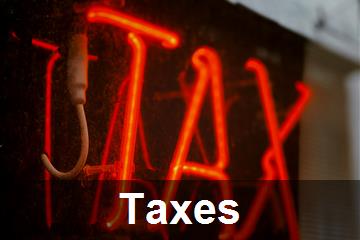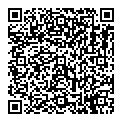
07 dic 2024
This critical commentary examines a recent ruling by the Italian Supreme Court regarding the taxation of art collectors, focusing on the sale of a Monet painting.
The court's decision, which classified the profit from the sale as taxable income, is analyzed in light of the distinctions between different types of art collectors.
The commentary critiques the court's reliance on presumptions of speculative intent and discusses the implications of upcoming tax reforms that aim to clarify the criteria for tax exemption.

The Italian Supreme Court recently addressed the taxation of art collectors in a case involving the sale of a Monet painting.
The transaction, which occurred seven years after the initial purchase, resulted in a significant capital gain of over five million euros.
The tax authorities classified this gain as income from occasional commercial activity, making it subject to personal income tax under Article 67, paragraph 1, letter i) of the Italian Tax Code (TUIR). The taxpayer argued that he was merely a private collector who sold the artwork to acquire another piece.
While the lower court sided with the taxpayer, the appellate court agreed with the tax authorities' perspective.
The Supreme Court's decision aligns with a precedent set by its earlier ruling (ordinance 6874/2023), which introduced a tripartite classification of art collectors: 1) art dealers, 2) 'pure' collectors, and 3) 'occasional speculator' collectors.
The latter category includes those who occasionally purchase art with the intent to sell for profit, thus engaging in speculative activity and generating taxable income under the specified tax code.
This principle is not new; a similar conclusion was reached in response to a parliamentary inquiry on March 21, 2019.
However, the Monet case provides further insight into the conditions under which taxation is applicable.
The court identified speculative intent based on several factors: the involvement of an auction house in the sale, previous exhibitions of the artwork in museums, which suggested an effort to enhance its value for sale, the substantial capital gain realized, and similar transactions conducted in other periods, despite the Monet sale being the only transaction in the assessed year.
The court's reasoning invites some criticism.
For instance, using an auction house might not necessarily indicate speculative intent but rather a need for professional assistance in managing the sale.
Similarly, exhibiting the artwork in museums does not inherently signify an intention to sell for profit.
The determination of the collector's true intentions cannot rely on psychological analysis but must be based on simple presumptions, which, while needing to be serious, precise, and consistent, remain subject to the judge's discretion.
This case-by-case analysis creates a context of significant uncertainty and unpredictability, particularly concerning potential criminal liability for tax offenses if certain thresholds are exceeded.
The urgency for implementing the fiscal reform mandate (law 111/2023) is evident.
The new legal framework, as outlined in the reform's text (Article 5, paragraph 1, letter h, n. 3) and its explanatory report, shifts away from the complex investigation of the seller's subjective intent.
Instead, it focuses on objective criteria, legally predetermining scenarios where speculative intent is absent, and thus, capital gains are not taxable.
These scenarios include a) the sale of assets acquired through inheritance or donation, b) the exchange of artworks, or c) the reinvestment of capital gains within a specified period to purchase new art objects, which was the taxpayer's defense in the Monet case.
In these instances, the absence of a profit motive and tax exemption are legally presumed.
The reform does not appear to include a holding period after which the sale would become non-taxable.

